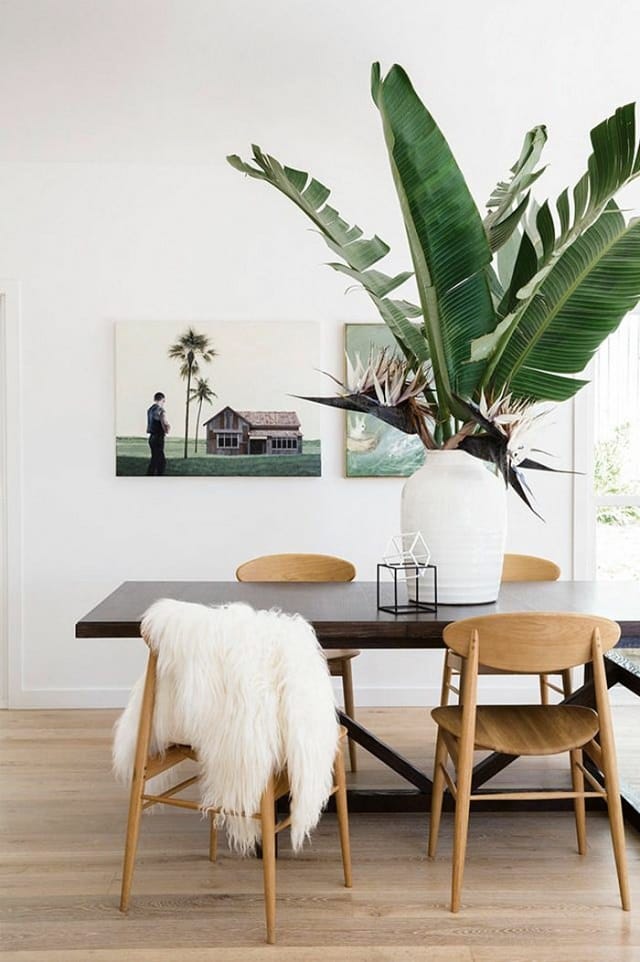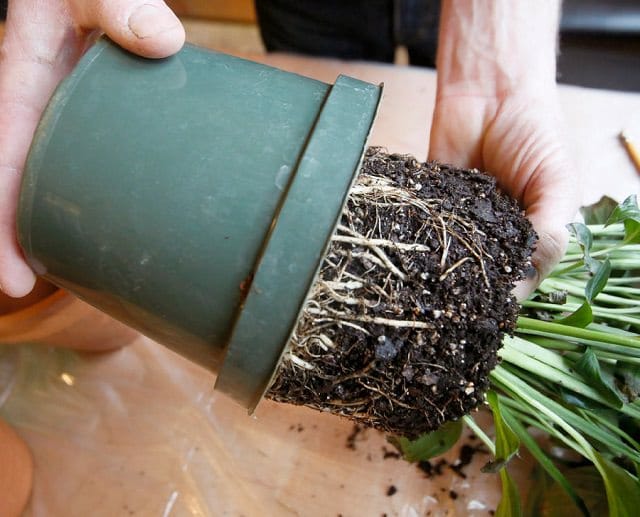Avoid These Mistakes & Your Indoor Plants Won’t Die Again! Take a note to keep your green friends alive and happy all the time!
If you are wondering Why Your Indoor Plants are Dying even after taking so much care and extra pampering, then you need to be aware of the following mistakes!
Avoid These Mistakes & Your Indoor Plants Won’t Die Again
Having plants in your home is like a baby to care for, and there are many things you do not know when you plan to keep a plant in the house or the garden, especially if you’re a new plant parent.
#Mistake1: Keeping Plants in an Unsuitable Location
Every plant has its specific needs. If you don’t know what they are, acquire the knowledge from a florist, books or the best place, the internet (consider our website)!
Some plants are very specific with their placement indoors or outdoor. Placing them in the wrong location certainly kills them sooner or later, quickly or gradually.
Mostly the plants growing indoors die due to this reason. You must read what a plant needs before you seek a place for it. Some plants require shade, indirect light, or direct sunlight, while some need moisture.
If a plant needs more levels of moisture, then keep it in a shaded area. If not done so, all the moisture in the soil will dry up, and this will certainly kill the plant.
#Mistake 2: Changing the Location To and Fro
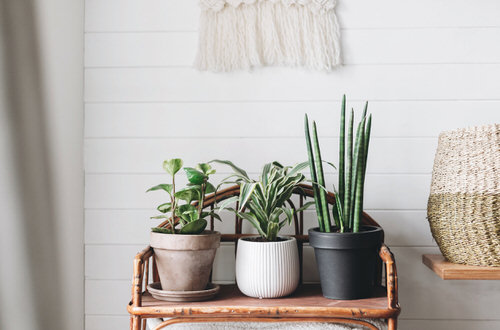
Plants adjust to the spot where they are kept for a while, either at home or outdoors. When they are moved often, it becomes difficult for them to adapt quickly to the different conditions of the new environment.
#Mistake 3: Using the Wrong soil

Using the right soil is the key! And when it comes to growing plants indoors, you can’t compromise. A soilless potting mix is what we suggest. You can also make your own or get high quality, commercial soil mix. Some of our favorite DIY recipes are here!
Make sure that the soil you make or buy is according to your plant’s needs. Some plants do better in rich, moisture-retaining soil, while other plants, such as succulents and cacti, need light, fast-draining soil with high sand and peat content to prevent root rot.
#Mistake 4: Overwatering
 People have a misconception that giving more water to the plant will keep it healthy and let it grow faster.
People have a misconception that giving more water to the plant will keep it healthy and let it grow faster.
However, especially indoors, where the sun is scarce, the situation is different. Keeping plants on a little bit drier side is a good idea, but if the plant you’re growing is a moisture-loving specimen, then keep the soil slightly moist.
It is recommended that you do research about the watering needs of your plant. Also, the most important factor that decides the watering requirements of a plant is the climate in which you’re growing it.
#Mistake 5: Keeping Plants in Too Much or Too Little Light

It is true that plants need light, but exceeding or lowering their light requirement can kill them. It is always better to know about your plant before placing it anywhere.
Some plants require indirect light for healthy growth. If they are supplied with full direct sunlight, then this can kill or debilitate them.
#Mistake 6: Exposing Plants to Extreme Temperatures
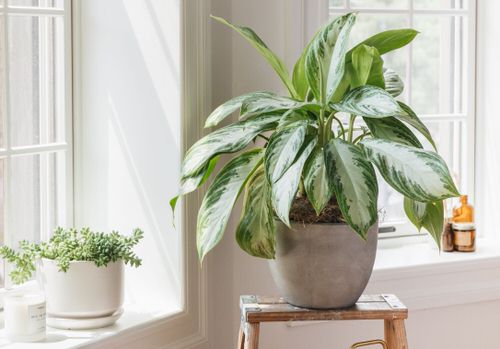
Very few indoor plants like high or low temperature than normal average room temperature. The safest daytime temperature for indoor plants is 65-75 F (18-24 C) or somewhere around it, whereas, during nighttime, fall in 5-10 F in temperature is optimum.
Moderate temperature range works well for houseplants, and having a constant temperature leads to healthier growth.
#Mistake 7: Keeping the Plants Rootbound
If you have a houseplant for a long time and you do not re-pot it, then it becomes bound to that pot. In optimum conditions (if the plant is not slow-growing), plants outgrow the pot within a year or two.
When leaves start to turn yellow or if you see the roots popping out, it is the signal to re-pot the plant. This indication is due to less space and freshness to grow healthy.
When sending plants for a housewarming or other special day, you tend to gift them in small pots, but later they must be repotted in larger planters.
Note: Don’t select an overly large pot for repotting. A planter that is only one size bigger than the current pot is ideal. Growing a houseplant in a way too large pot is also one of the mistakes why indoor plants die!
#Mistake 8: Neglecting Plants

Many of us tend to take the right care of plants after buying them. Underwatering is one of the consequences of it. Ignoring plants is the reason why most people kill them.
Not looking at plants suffering from pests or diseases, missing to prune, and no regular fertilization. All this must be avoided!
#Mistake 9: Not Cleaning the Leaves
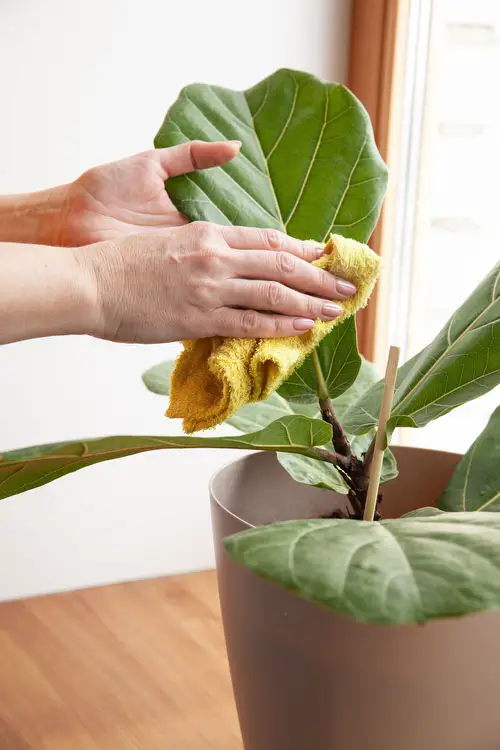
Cleaning the leaves from time to time makes them look attractive and keeps the plant healthy. A cleaner surface area of a leaf gets to absorb more sunlight, which aids in photosynthesis.
 Celine Wilson is a professional kids, family, and relationship blogger. She regularly blogs about the best ways to enjoy your life. Her posts are published in several leading blogs.
Celine Wilson is a professional kids, family, and relationship blogger. She regularly blogs about the best ways to enjoy your life. Her posts are published in several leading blogs.


